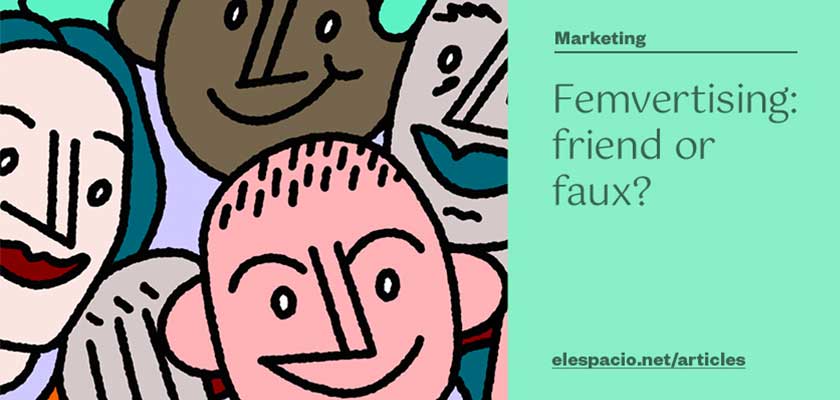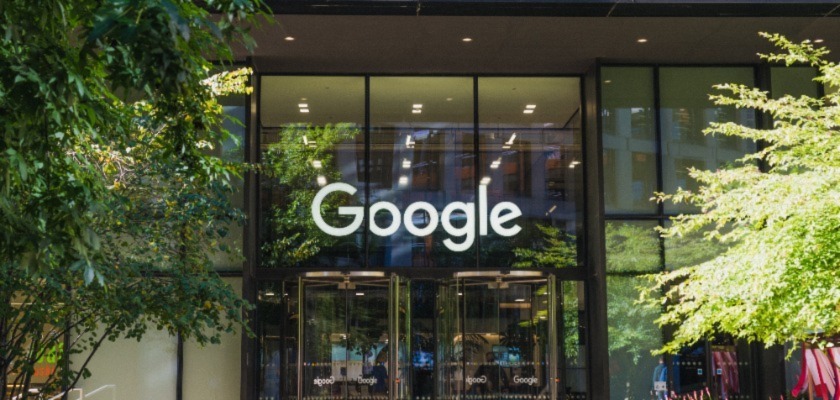The Good, the Bad and the Ugly of Selling Empowerment
Only five years have passed since that Audi advert compared finding a car to finding a perfect wife and Protein World asked women, “Are you beach body ready?”, a question that earned them serious backlash for body shaming. A...

Only five years have passed since that Audi advert compared finding a car to finding a perfect wife and Protein World asked women, “Are you beach body ready?”, a question that earned them serious backlash for body shaming.
A steady stream of similar messages in adverts in the ensuing years has done even more to raise the alarm.
Today, there are three things that come to mind when Elespacio see brands putting out fancy ad campaigns – either they actually care about change, they subscribe to the concept that business can do well by doing right or they’re just looking to cash in on trends.
So, because the advertising industry is still grappling with the same old problems, our inquisitive minds (which skew 63% female-identifying, it should be noted) couldn’t help but wonder about the countless number of brands who still need to get their house in order before launching pro-feminist campaigns as shallow as they are image-obsessed.
Bias: Break It, Don’t Fake It
Elespacio went on a quest to find some of those brands who manage to pull off driving advertising in a positive direction for gender equality, and others were quick to snatch up the purple banner of women’s empowerment for the month of March and put it down just as quickly.
Not one to play the shame game, Elespacio does love to take deep dives into ads and find out what’s really going on.
Brands who nailed this #BreaktheBias call to action are the ones who put their money where their mouth is by investing in feminist campaigns beyond the month of March to promote a world where gender equality is the norm.
Elespacio’s rounded up some examples of campaigns worthy of sharing that move the needle towards diversity, equity, and inclusivity.
Lego Isn’t Playing When It Comes to Breaking Stereotypes
Lego, long a champion of creativity and imagination, has built a sturdy platform they use not only to break gender stereotypes but to encourage girls to pursue careers in what is still seen as male-oriented industries.
Last year, the brand launched ‘Ready for Girls’, an empowering campaign that calls upon society to rebuild perceptions of a world made for girls, instead of girls remaking themselves to fit the world.
This year, the brand also marked International Women’s Day by celebrating the powerful contribution that women in design have made with their LEGO Designer Stories.
The brand is doing more than just lip service to female empowerment: they’ve announced a commitment to hiring more women as product designers and have joined forces with organizations that support the next generation of women in design.
Hershey’s Serves up Something Sweet Yet Simple
It’s often been a rocky road for Hershey’s when it comes to diversity, but the brand has recently launched initiatives that break down barriers for a more inclusive workplace with equal pay for all genders.
The brand’s Celebrate SHE campaign highlights three important letters in the center of the iconic name: SHE.
It’s a cute, colorful reminder of the impact women make, but Elespacio can’t help but think it falls a bit short for “goodness” at Hershey’s to be about more than just delicious products. Something that packs more of a punch with a stronger strategy would have served the brand better.
Dove Dives Into the Real Beauty of Diversity
Starting with the Real Beauty campaign it launched way back in 2004, Dove is known for being at the forefront of bias breaking through ads that showcase all types of bodies and ethnicities.
The brand launched its #StopTheBeautyTest movement this year to break the bias not just on International Women’s Day, but every day, a call for women to share their stories and celebrate all shapes, colors, and sizes of beauty.
Elespacio also likes how the brand pushes for change but also has quantifiable ways to measure its performance. Its #DoveSelfEsteemProject is committed to empowering 8 million young people by 2024 by providing a host of evidence-based resources on self-esteem, and its #NoDigitalDistortion pledge also takes action to reverse the damage of retouching apps.

Get Real
In a money-driven world like the one we live in, it’s safe to say that brands likely wouldn’t put as much stock into female empowerment if it didn’t affect their bottom line or improve their positioning.
Did Elespacio hear someone shout “not all brands”? Perhaps, but admirable brands aim to make a difference.
Brands know that ads that depict women in unstereotypical roles substantially outperform ones that consumers see as less progressive.
Dove owner Unilever found that more forward-thinking advertising creates 37% more branded impact and a 28% increase in purchase intent. Research conducted by Kantar found that UK gender-balanced brands are worth an average of £1 billion more than brands that skew male.
Women want to see themselves reflected as they truly are in advertising, and they’re spending their money accordingly.
Money Talks and Women Talk Back
It’s high time that advertising catches up: women control the purse strings of $31.8 trillion worldwide in spending, but only 29% believe advertising portrays women accurately.
Even though brands live in fear of getting it wrong, it’s that healthy kind of fear that drives people (and brands) to do better.
One of the ways that brands can take authentic steps towards turning the values they advertise into reality is by joining the SeeHer movement.
This is an unprecedented coalition of marketers, agencies, and media companies out to harness the collective power of the entire marketing and media ecosystem: “business people on a business mission to make a better world”.
The crux of the movement is its GEM®, the first data-driven methodology for identifying gender bias in media. After quantifying gender bias in 180,000+ ads, it is now the golden standard on a global level.
For brands, the results are massive, with ads with positive GEM® scores increasing purchase intent by 42% among total and female consumers, while positive ROI tied to high GEM® scores increases sales from two to five times.
Metrics like these offer a measurable way for brands to successfully navigate a world of cancel culture and sidestep potential marketing minefields.
Elespacio’s said it before and they’ll say it again: it’s time for brands to walk the walk, not just talk the talk.

 UsenB
UsenB 































.jpg&h=630&w=1200&q=100&v=6e07dc5773&c=1)
